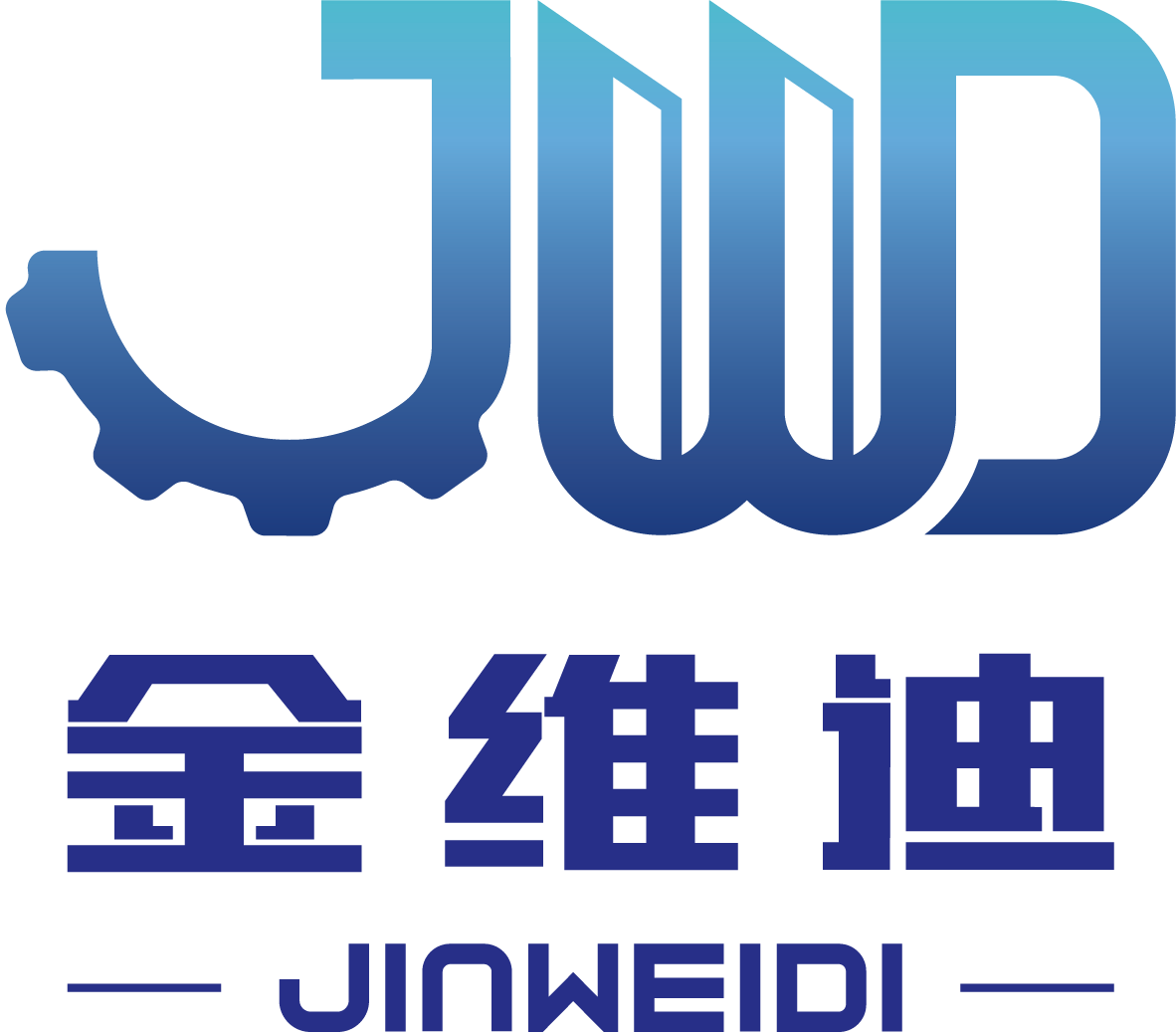Maximizing Efficiency with Double Headed Chamfering Machines in Construction and Engineering
In the realm of manufacturing and processing machinery, particularly in the construction and engineering sectors, the Double Headed Chamfering Machine stands out as a pivotal tool for enhancing efficiency and precision in steel processing. This machine is engineered to create chamfers on both edges of a workpiece simultaneously, which significantly reduces handling time and increases throughput.
Jul 04,2025
In the realm of manufacturing and processing machinery, particularly in the construction and engineering sectors, the Double Headed Chamfering Machine stands out as a pivotal tool for enhancing efficiency and precision in steel processing. This machine is engineered to create chamfers on both edges of a workpiece simultaneously, which significantly reduces handling time and increases throughput.
The primary function of a Double Headed Chamfering Machine is to mill or bevel the edges of steel bars or plates. This is crucial in preparing materials for welding, enhancing their structural integrity and connection quality. By creating a smooth transition between the edges, chamfering minimizes stress concentrations that can lead to premature failure in structural applications.
One of the significant advantages of this machine lies in its dual-head configuration. With two cutting tools operating in tandem, it can produce chamfers on both sides of a component concurrently. This capability not only optimizes production time but also ensures uniformity and consistency across all processed pieces. Furthermore, the machine's design allows for precise adjustments, enabling operators to control the angle and depth of the chamfer according to specific project requirements.
In addition to efficiency, Double Headed Chamfering Machines offer versatility. They can accommodate various materials, including different grades of steel, which is essential for meeting the diverse demands of modern engineering projects. This adaptability ensures that manufacturers can respond quickly to changing project specifications without compromising on quality.
Moreover, modern Double Headed Chamfering Machines are often equipped with advanced features such as programmable controls and automated feed systems. These innovations not only enhance operational efficiency but also improve ease of use. Operators can set specific parameters for chamfer dimensions and processing speeds, ensuring high precision and reducing the likelihood of human error.
Maintenance is also a crucial aspect of operating a Double Headed Chamfering Machine. Regular checks on the cutting tools and machine components are essential to ensure optimal performance. Operators should be trained to identify wear and tear, which can affect the quality of the chamfers produced. Utilizing high-quality tooling and adhering to maintenance schedules can significantly prolong the machine's lifespan and reliability.
In conclusion, the Double Headed Chamfering Machine represents a vital asset in the manufacturing and processing of steel within the construction and engineering industries. Its ability to enhance efficiency, improve precision, and adapt to various materials makes it an indispensable tool for professionals aiming to elevate their production capabilities. By investing in such technology, manufacturers can ensure they meet the rigorous demands of modern construction projects while maintaining high standards of safety and quality.
The primary function of a Double Headed Chamfering Machine is to mill or bevel the edges of steel bars or plates. This is crucial in preparing materials for welding, enhancing their structural integrity and connection quality. By creating a smooth transition between the edges, chamfering minimizes stress concentrations that can lead to premature failure in structural applications.
One of the significant advantages of this machine lies in its dual-head configuration. With two cutting tools operating in tandem, it can produce chamfers on both sides of a component concurrently. This capability not only optimizes production time but also ensures uniformity and consistency across all processed pieces. Furthermore, the machine's design allows for precise adjustments, enabling operators to control the angle and depth of the chamfer according to specific project requirements.
In addition to efficiency, Double Headed Chamfering Machines offer versatility. They can accommodate various materials, including different grades of steel, which is essential for meeting the diverse demands of modern engineering projects. This adaptability ensures that manufacturers can respond quickly to changing project specifications without compromising on quality.
Moreover, modern Double Headed Chamfering Machines are often equipped with advanced features such as programmable controls and automated feed systems. These innovations not only enhance operational efficiency but also improve ease of use. Operators can set specific parameters for chamfer dimensions and processing speeds, ensuring high precision and reducing the likelihood of human error.
Maintenance is also a crucial aspect of operating a Double Headed Chamfering Machine. Regular checks on the cutting tools and machine components are essential to ensure optimal performance. Operators should be trained to identify wear and tear, which can affect the quality of the chamfers produced. Utilizing high-quality tooling and adhering to maintenance schedules can significantly prolong the machine's lifespan and reliability.
In conclusion, the Double Headed Chamfering Machine represents a vital asset in the manufacturing and processing of steel within the construction and engineering industries. Its ability to enhance efficiency, improve precision, and adapt to various materials makes it an indispensable tool for professionals aiming to elevate their production capabilities. By investing in such technology, manufacturers can ensure they meet the rigorous demands of modern construction projects while maintaining high standards of safety and quality.
PREVIOUS:
Related Posts
Contact Us
E-mail:
jwd_machinery@sina.com
Phone/WhatsApp:
+86 18515871688
Address:
North side of 7th Road, Taocheng North Industrial Park, Hengshui City, Hebei Province, China




